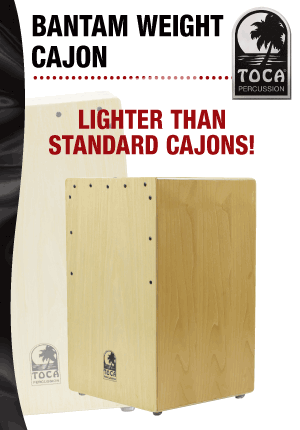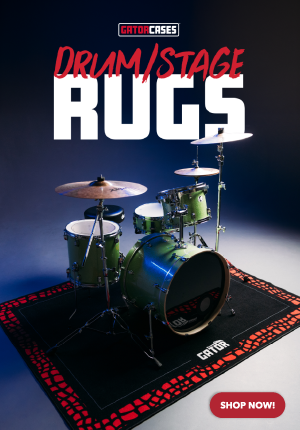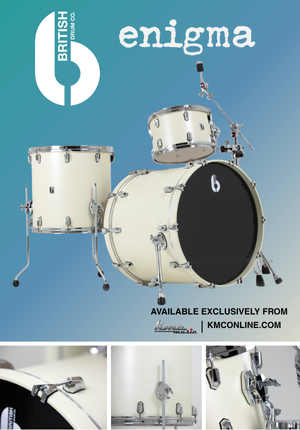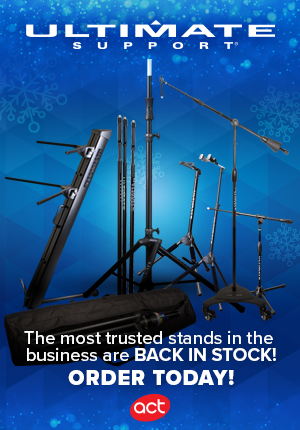At The Percussive Arts Society’s PASIC show in Indianapolis this past November, percussion in all forms was on display. Brad Boynton, owner of Rhythm Traders in Portland, Oregon, was at PASIC (read his thoughts on it on page 18). One thing seeing the percussion industry back, live, at PASIC made clear is drums are very eye catching. Boynton explained how and why drums might attract people’s eyes over other instruments — especially at retail. “When you go to a music store and you see a violin, it’s always brown with four strings and a certain size,” he said. “When you see a flute, it’s always silver and looks the same. Drums come in all shapes and sizes and colors.”
Drums, surprisingly and amusingly, often caught the eye of a certain celebrity, but not in a store — on his own show. Eight years ago, in the long run-up to his retirement in 2015, his network, CBS, had the presence of mind to assemble and post on YouTube a two minute, 30 second compilation of talk show host David Letterman doing something pretty funny with respect to drums. The video clips together dozens of instances of Letterman thanking bands that have just appeared on the show, and, in every instance, he walks over to the drummer and enthuses over their drums as perplexed singers and guitarists turn around, away from the camera, and observe this somewhat random conversation. “Beautiful drums,” Letterman says, or, pointing at a drum kit, “I love those. I love those.” But he also asks a certain thing again and again: “Are those yours or rentals?”
A good question. Even for a band big enough to appear on a network talk show, its drummer’s drums could be rented. The biggest and best minds in our industry know of the ubiquity of rented instruments, and how essential they can be to a store’s success.
But rentals do present stores with some risks. Alan Friedman, partner with accounting firm Friedman Kannenberg & Co, broke down for Music Inc. the three things he sees stores do wrong with respect to rentals. First, they may sign, say, a 36-month, rent-to-own contract for $50 per month on an $1,800 instrument, and then count that as $1,800 in sales when the instrument may be returned in a month and they really only took in $50 in revenue. Second, they could write off, say, $100,000 of depreciation on their rented instruments over the next 10 years, even though they could theoretically lose every one of those instruments in three years, therefore overstating revenue by not taking enough depreciation expense. Third, if they merge rentals in with their total sales revenue, they may never really know what their true selling margin is — stores need to separate out selling, renting and repairing. “Their financial statements are overstating what’s really going on,” Friedman said.
So, keep an eye on your rentals. You might just see them on television. MI
Daniel Margolis has been a professional writer and editor for over two decades.














